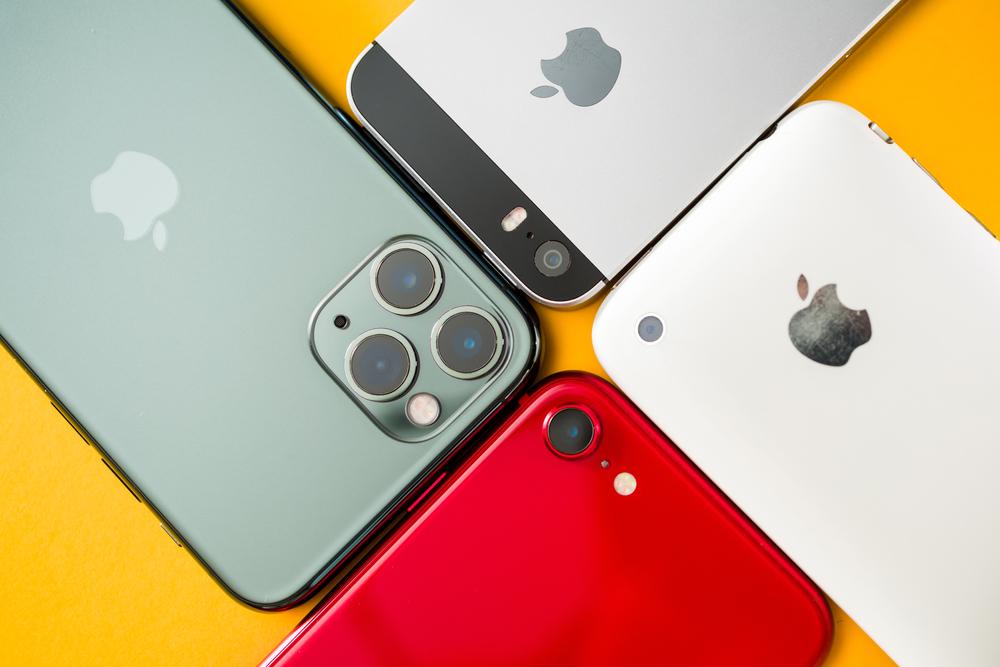Apple anticipates a sustained increase in sales with the new iPhone 13 generation, set for release in the fall of 2021.
According to industry sources, Apple has significantly increased orders sent to major component suppliers, anticipating sales of up to 90 million units for the new 2021 iPhone series, far exceeding the volume of approximately 75 million iPhone units shipped by the end of last year.
Apple's optimism is somewhat surprising, with rumors so far describing the iPhone 13 series as more of an incremental upgrade to the current model, not a revolutionary product. Although it is perfectly plausible that the effects of overcoming the acute phase of the COVID-19 pandemic, marked by the large-scale distribution of vaccines, will lead to an increase in sales, it is equally true that many consumers have also impulsively bought all kinds of gadgets during the social distancing period at the height of the pandemic, some of them may decide to simply skip the next upgrade cycle.
The main arguments used by Apple in favor of increasing sales is the release of the second generation of iPhones with 5G, less expensive and overall better than the debut series.

Otherwise, the iPhone 13 would be more of an incremental upgrade, with fewer differences than there were between the iPhone 11 and iPhone 12 generations. Thus, Apple will focus on the performance of the new chipset, photo capabilities and screen improvements .
According to the rumors, Apple will release improved versions for all iPhone models of the current generation: iPhone mini 5.4 inches, iPhone 6.1 inches in normal version and Pro, respectively the iPhone Pro model 6.7 inches. Codenamed D16, D17, D63 and D64, the new iPhone models are expected to be unveiled at the same September unveiling event.
At least one of the new iPhone models will have an OLED screen with LTPO (low-temperature polycrystalline oxide) technology, capable of using a variable refresh rate. Apple has been using this technology for a long time for Apple Watch devices, making it easier to save battery in situations where an increased screen refresh rate is not needed.
While the overall design will remain largely unchanged, it appears that Apple will shrink the notch applied to accommodate the camera and sensors placed above the screen. As for the main camera, the improvements are particularly aimed at including advanced video capture and optical zoom capabilities.
